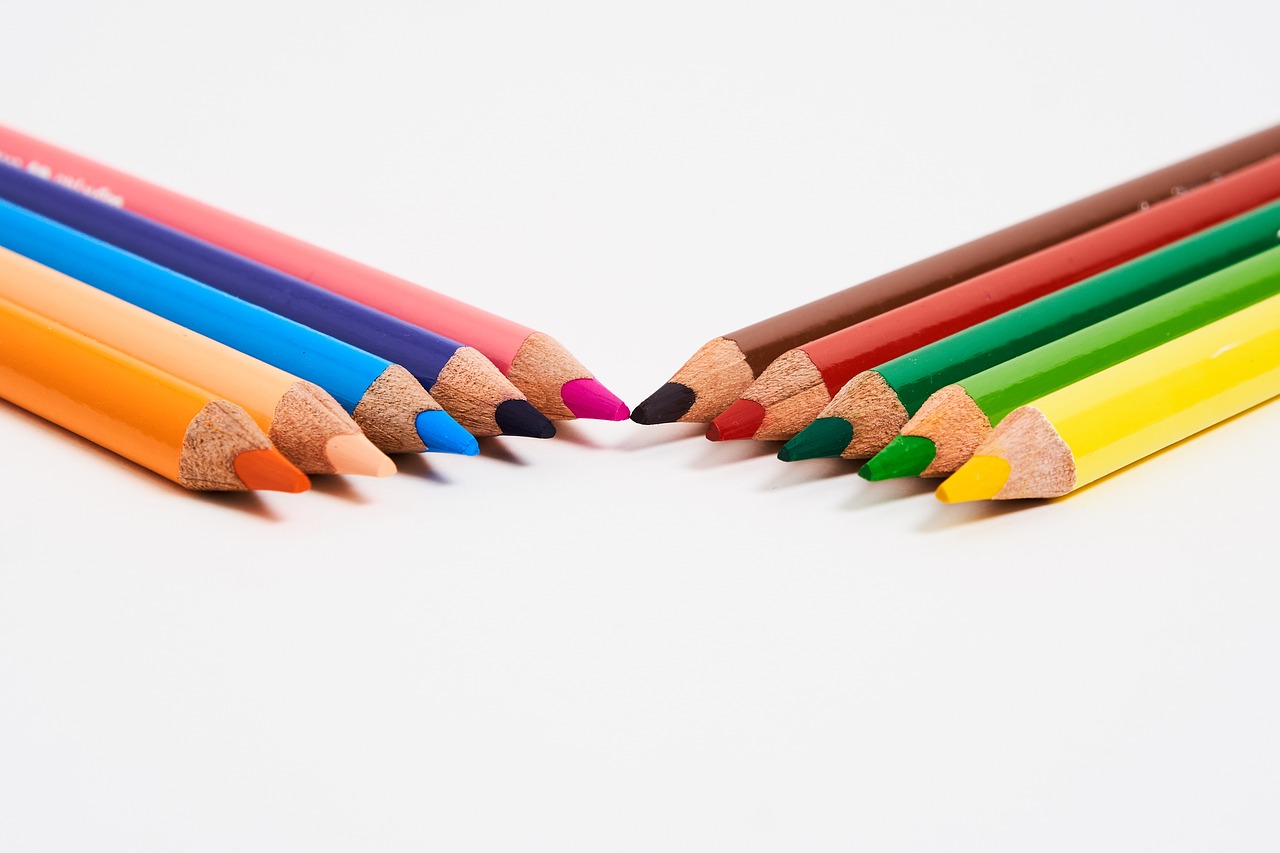Addressing Implicit Bias in Classroom Practices
Implicit bias in education refers to the unconscious beliefs and attitudes that educators may hold towards certain groups of students, which can ultimately impact their interactions and decision-making in the classroom environment. These biases, often shaped by societal stereotypes and personal experiences, can influence everything from grading practices to discipline strategies, creating significant disparities in student outcomes.
Recognizing implicit bias begins with self-reflection and awareness of one’s own prejudices and preconceived notions. Educators must actively challenge their assumptions and be open to learning about the diverse backgrounds and experiences of their students. By acknowledging and addressing these biases, teachers can create a more inclusive and equitable learning environment where all students have the opportunity to thrive.
The Impact of Implicit Bias on Student Achievement
Implicit bias in education can have a significant impact on student achievement. When educators hold unconscious biases towards certain groups of students, it can manifest in differential treatment, lowered expectations, and limited opportunities for academic growth. This can result in disparities in academic performance among students, perpetuating inequality and hindering academic success for those affected.
Furthermore, implicit bias can also impact student motivation and self-esteem. When students perceive that their teachers hold biased views towards them, it can lead to feelings of inadequacy, disengagement, and a lack of belonging in the classroom. This can create a negative feedback loop where students’ underperformance reinforces educators’ biases, creating a damaging cycle that can impede student achievement and hinder their overall success in school.
• Implicit bias in education can lead to:
-Differential treatment
-Lowered expectations
-Limited opportunities for academic growth
• Disparities in academic performance among students can perpetuate inequality and hinder academic success
• Implicit bias can impact student motivation and self-esteem by:
-Causing feelings of inadequacy
-Leading to disengagement
-Creating a lack of belonging in the classroom
• Negative feedback loop created when students’ underperformance reinforces educators’ biases, impeding student achievement
Strategies for Identifying Implicit Bias in Classroom Practices
Implicit bias can manifest in various ways within classroom practices, impacting student experiences and achievement. One method for identifying implicit bias is by examining patterns in student discipline rates. Disproportionate discipline for certain student groups may signal underlying biases influencing teacher perceptions and responses.
Another way to uncover implicit bias in classroom practices is through analyzing student participation levels. Unequal levels of student engagement or opportunities for involvement could indicate bias in teacher-student interactions. Recognizing disparities in participation can shed light on potential biases that may be hindering some students from fully engaging in the learning process.
What is implicit bias in education?
Implicit bias in education refers to the unconscious attitudes or stereotypes that can affect our understanding, actions, and decisions in the classroom. These biases can impact how teachers interact with students and may contribute to disparities in student achievement.
How can implicit bias affect student achievement?
Implicit bias can lead to unequal treatment of students based on characteristics such as race, gender, or socio-economic status. This can result in lowered expectations for certain students, less attention or support, and ultimately, lower academic achievement.
What are some signs that implicit bias may be present in classroom practices?
Signs of implicit bias in classroom practices may include differential treatment of students based on their background, assumptions about students’ abilities or potential, and a lack of diversity in teaching materials or examples.
How can teachers identify and address implicit bias in their classroom practices?
Teachers can identify and address implicit bias by reflecting on their own attitudes and beliefs, seeking feedback from colleagues or students, examining data on student outcomes, and actively working to create an inclusive and equitable learning environment.
What are some strategies for addressing implicit bias in the classroom?
Strategies for addressing implicit bias in the classroom include providing professional development on diversity and inclusion, using culturally relevant teaching materials, building relationships with students from diverse backgrounds, and regularly reflecting on and discussing biases with colleagues.







